For the first time, Japanese scientists have been able to edit the genes of cockroaches. They used CRISPR technology on these insects. This opens up new opportunities for them to create new species.
Gene editing by CRISPR method
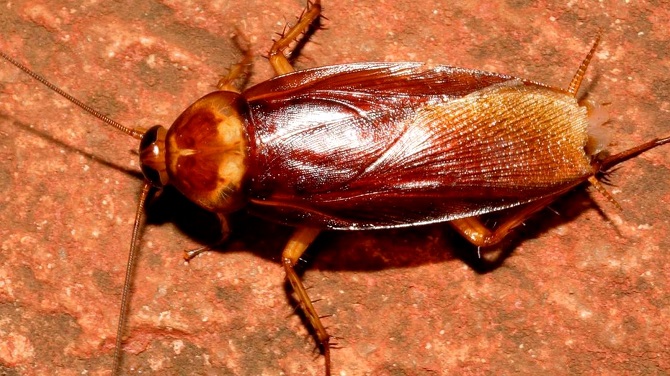
A new study published in 2022 says scientists have created a new CRISPR-Cas9 technology, reports Vice. Its essence is the possibility of editing cockroach genes. This allows you to modify insects.
The procedure consists in injecting substances into adult females that are carrying insect eggs. In this case, injections of female embryos are not carried out.
According to senior study author Takaaki Daimon of Kyoto University, thanks to the new technology, scientists were able to remove the discomfort that was present with direct injection of eggs. Using CRISPR, you can change genomes freely, and the technology itself is suitable for 90% of all insects, which is more than 1.5 million species.

For scientists, this is an opportunity to make unique discoveries in the future, as well as enjoy the amazing biological functions of cockroaches and other species.
What are the features of the new gene editing method?
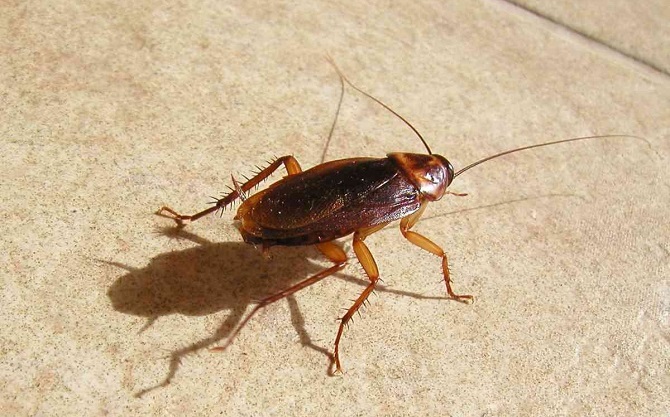
We can say that this method of editing has become revolutionary. After all, all other methods basically require injection of material into the embryo itself. And this is impossible to do for many species. In particular, it was impossible to inject cockroaches, as they have a unique reproductive system.
Another limitation was that expensive equipment had to be used. Therefore, it was not possible to conduct research constantly. This did not allow scientists to fully edit the genomes of insects.
It was the new CRISPR technology that made it possible to overcome such limitations. For example, the researchers injected Cas9 ribonucleoproteins (RNPs) into the main body cavity of female crickets to genetically alter the eggs. Efficiency was high: genetic changes were observed in 22% of hatched individuals. And in the Khrushchaks of the small club-whiskers, this reached 50%.
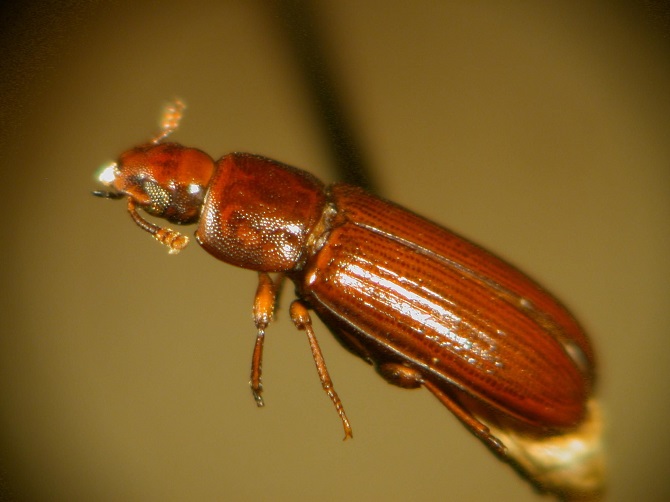
Scientists call the new gene-editing method DIPA-CRISPR, or “direct parental change.” Scientists managed to edit the genes of adult female cockroaches, as well as some species of beetles. The offspring of these insects also received artificially modified genes. In addition, it passed on the new genome to its young. Thus, the researchers managed to create mutant cockroaches.
Today, this method is considered a breakthrough. Indeed, now the results obtained open up completely new possibilities for researchers. The team of scientists will be able to test CRISPR not only on cockroaches, but also on other insects. This will come in handy for pest control, as well as to get information about how the evolution of beetles took place.
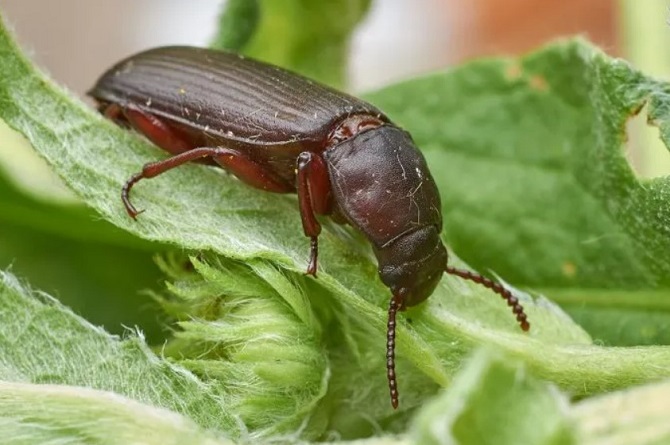
Note that CRISPR is not suitable for absolutely all types of beetles. For example, it cannot be used for fruit goosebumps. But still, this is a real breakthrough. And its success lies in the injection of adult females that bear eggs. To use it, it is necessary to know well the developmental characteristics of insect ovaries, their life cycle, as well as reproductive characteristics.




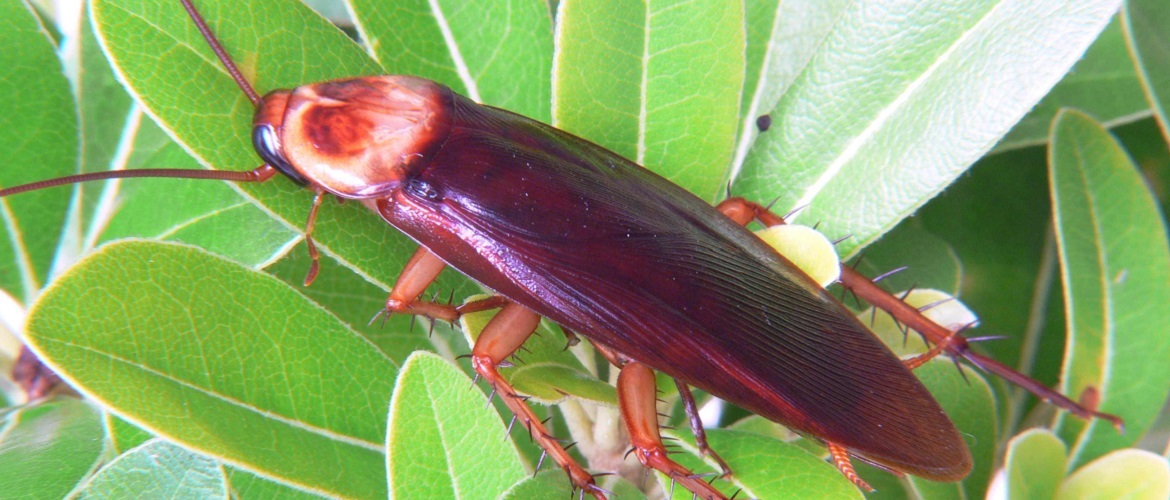


Only registered users can leave comments